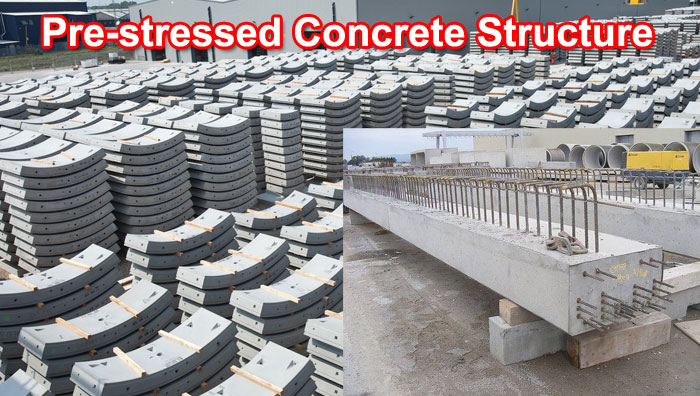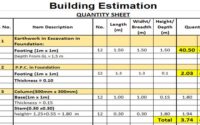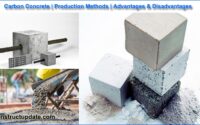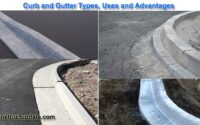What is Pre-stressed Concrete | Purpose of Pre-stressed Concrete | Prestressed Concrete Uses
Pre-stressed concrete is a type of concrete in which stress from external loads is counteracted in the correct way during the service duration by imparting initial compression to the concrete before applying the external load. The concrete section contains high-strength steel wire or alloys (referred to as “tendon”) that provide the initial compression.
Prestressed Concrete Requirements
Cracking that is controlled or minimized Prestressing is the act of applying an initial compressive pre-stress to a structure in order to reduce or eliminate internal tensile forces, hence reducing or eliminating cracking.
Stiffer Members
The prestressing force is transferred and sustained by tendons, which are highly tensioned steel reinforcement that reacts on the concrete. This reduces or eliminates cracking, resulting in a prestressed concrete section that is substantially stiffer than a cracked reinforced piece.
Deflections that can be controlled
Prestressing will apply internal forces that are in the opposite direction of the external loads, reducing or even eliminating deflection in the member.
Efficient in terms of structure
Service Reduced cracking and deflection improve the load behavior of the members, making the use of high-strength steel reinforcement and concrete more cost-effective and structurally efficient.
Members who are lighter and longer
Prestressing results in lighter members, longer spans, and increased reinforced concrete application economy when compared to RC counterparts. Pre-stressing gives you a better strength-to-depth ratio.
How Pre-Stressed Concrete works?
So, by now, I’ve figured out what we’re going to do. We now understand why and when prestressed concrete should be used. So, how does it function?
In the actual world, high-tensile steel wires are placed into the beam section, stretched, fastened, and then released.
The steel tendon now seeks to regain its original length, and tensile tensions in the concrete are changed into compressive stresses. After loading, the beam is subjected to two types of forces:
The internal force of prestressing
External forces (Dead load, Live load, and so on) that must be balanced.
We can see something like this if we look at the moment diagram.
Materials for Pre-Stressed Concrete
In prestressed concrete, AASHTO recommends using high strength seven-wire strand, high strength steel wire, or alloys of grade and type (as specified by the designer). In addition, prestressed concrete requires more strength than regular RC. Concrete with a minimum 28-day cylinder strength of 5000 psi must be utilized in most cases.
So, what’s the deal with this high-strength concrete? When concrete is pressured by tendons, it might crack or fail if it is not sufficiently robust. High compressive strength is desirable for prestressed concrete because it provides better resistance to tension and shear.
Furthermore, high-strength concrete is less likely to crack due to shrinking. It has a higher elasticity modulus and a lower creep strain. As a result, prestressing loss is minimal.






